Within the high-speed world of finance, automated trading emerged as a pivotal technology that would allow traders and investors to execute their trades at a speed and precision that would be hard for human traders to match. This manual includes definitions and explanations of the basics of automated trading versus algorithmic trading; it discusses the benefits and problems, and insights into the leading platform, Fintatech.
What is Automated Trading?
Automated trading is, by definition, trading using computer programs and systems that perform trading in financial markets automatically. They virtually exclude human involvement. The systems, known as robots for trading or expert advisors, are developed with pre-defined rules and strategies based on technical and sometimes fundamental analysis to make trading decisions.
Here is a little bit about how automated trading typically works:
Strategy Formulation: A trader or quantitative analyst formulates their trading strategies using historical data and statistical inference. Such strategies shall help him/her identify profitable trading opportunities brought about by factors such as price trends, market conditions, and economic indicators.
Programming: The trading strategy is then coded into algorithms, which are fixed sets of instructions that the computer can act on. This might be done using a programming language that the trading platform supports, such as Python, C#, or one of the languages used in specialized trading software.
Backtesting: Automated strategies need to be backtested on historical data before going live. The process allows a trader to find out how the strategy would have worked in the past, so adjustments and optimization can be made without risking real money.
Execution: The tested automated trading system is connected to the exchange of the broker’s platform, whereby it executes orders according to its programming. It can monitor a number of markets, make a snap decision to buy or sell financial instruments based on preconditions determined earlier. Monitoring: The systems are automated, but still they need to be checked on a regular basis. This is necessary for the correct functioning of the systems and making the necessary adjustments in case there are shifts in market dynamics or unforeseen events that the model may not handle well.
Benefits of Automated Trading
Some of the benefits of automated trading systems make them preferable by traders and financial institutions over humans. Here are the key advantages:
Speed and Efficiency: Automated trading systems, compared to human trading, have the ability to process and analyze huge volumes of data at much faster rates. The speed at which they can execute trades is literally within milliseconds of any triggering event. This point is very vital in markets where price movements are so fast that an opportunity passed by needs to be captured almost instantly.
Removes Emotions: Undoubtedly, one of the single most important benefits of automated trading is the removal of emotional and psychological biases from making trading decisions. Since every trade is executed based on pre-set rules and criteria, automated systems eliminate the very aspect of emotions that could influence trade decisions. Therefore, automated systems can ensure consistency and sanity in trading.
Greater Discipline: Automated systems trade according to the plan without deviation, thus ensuring discipline even in tumultuous markets. This is essential in keeping the trading strategy consistent, which may be interfered with in manual trading through human error or emotional responses to market changes.
Backtesting Capability: A trader can simulate how a trading strategy would have performed in the past, before risking real capital, through historical data. That way, they are able to fine-tune and adjust the strategy through in-depth analysis, which is more assurance of success under live-trading circumstances.
Diversification: Automated trading systems are able to follow several markets and execute many trading strategies at the same time. Such diversification helps with spreading risk over a much broader range of instruments and reduces the influences of one losing trade on the whole portfolio.
Reduced Transaction Costs: Automated trading is geared toward cutting transaction costs by effecting trades at the most optimal time and guarding against the downsides of human errors in trading. The effect of drastically reduced costs will positively affect overall profitability over time.
24/7 Market Monitoring: These automated systems can work 24/7 and capture opportunities that open or take place outside a normal trading window for a human trader. Such an operation is really beneficial, especially in the case of markets like Forex, which operates 24 hours a day. Scalability: Automated trading systems can easily be scaled when more orders come in, unlike human traders. As soon as the strategy is developed, it can be duplicated and traded in many accounts at the same time, across several markets.
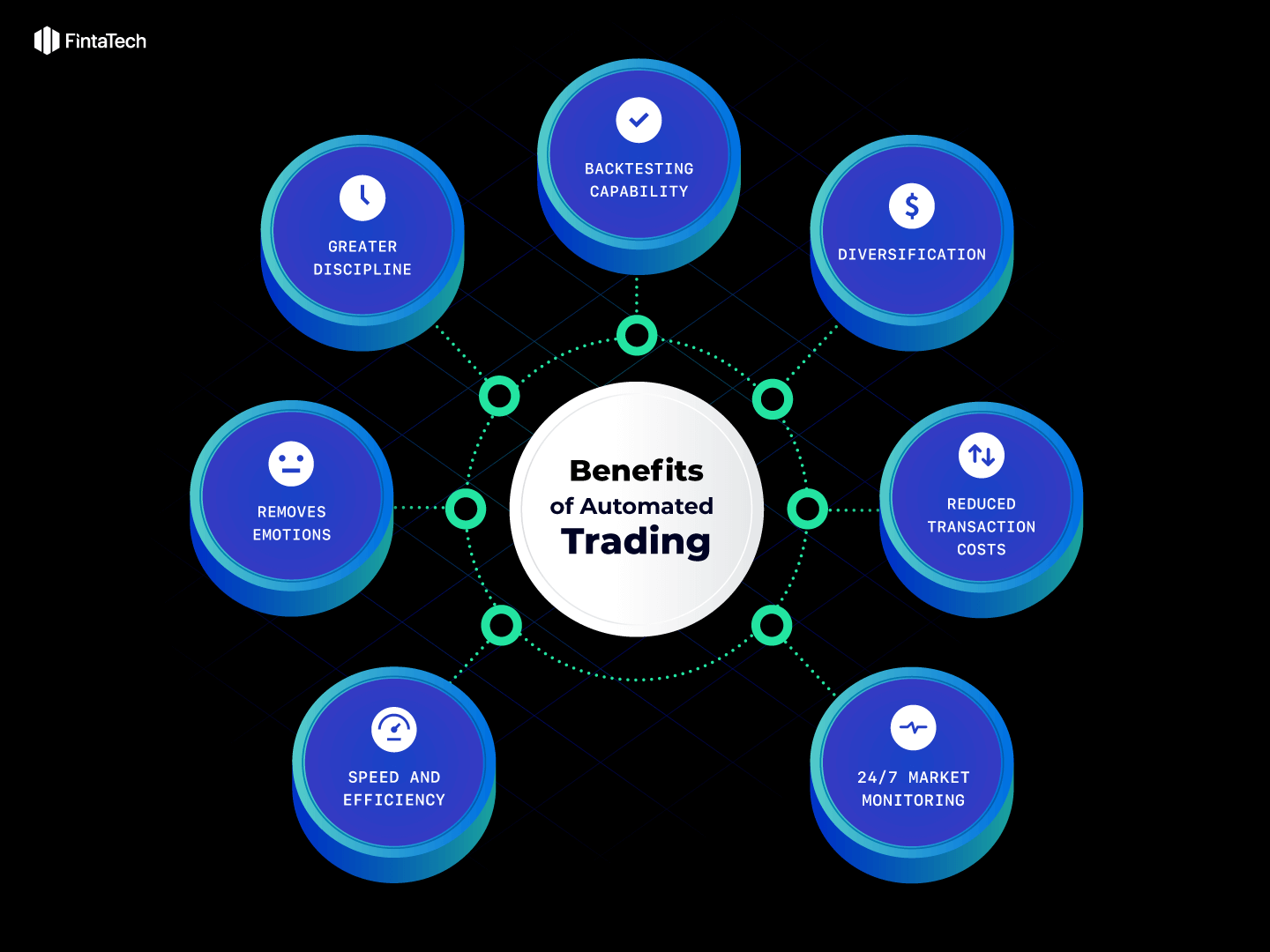
These benefits result in automated trading becoming a very attractive tool for modern finance, especially in a high-frequency trading environment, for institutions that manage large portfolios, and for individual traders who are looking for a disciplined and effective manner of operation in markets.
Automated Trading Challenges and Risks
The automated trading, though it provides certain benefits, brings along with it some limitations and risks:
- Mechanical Failures: As brilliant as automated trading theory is, one still runs into the practical problems of network errors, computer crashes, and power losses.
- Monitoring: These automated systems still require monitoring because of the possibility of mechanical failures or anomalies leading to significant losses.
- Over-optimization: A trading system can be over-optimized for past market conditions and will fail to predict future conditions accurately, thus leading to possible losses.
- Regulatory and security concerns: The operation of automated trading systems has to be in conformity with the different regional regulatory standards. Furthermore, security is a concern because the systems are likely to be targets for cyberattacks.
These challenges therefore make a demand for robust development of systems, backtesting, continuous monitoring, and review of automated trading systems, therefore mitigating the risks and harnessing their potential benefits.
Automated Trading Platform From Fintatech: Key Advantages
If you are thinking about developing a stock trading algorithm software for your business, Fintatech is here to help. We are professionals in the development of software solutions for brokers and traders.
Our strong unique feature is the Trading Platform Designer module, through which we can develop custom software for your company in the quickest possible time. You will get a fully operational platform with all necessary features.
In other words, the Trading Platform Designer is really an assembly of pre-developed tools and components—the so-called building blocks of your future software. We can rework any component to suit your business needs, build a mobile version of the system, and make sure that it works perfectly on a different kind of device.
If you need any further details about how to develop an algorithmic trading platform, please be sure to apply to our consulting service. Our experts will be willing to help you in the process of developing the optimal software solution for your business.
Fintatech provides a trading software solution, which is included among other options in its automated trading platform, with robustness and ease of use. Important advantages:
- Customizable Tools: Making the platform flexible for thousands of trading strategies has made it possible for users to adjust to meet their trading needs.
- High Performance: The platform executes trades at a high speed, thus reducing any possible slippage, and maximizes the returns. Advanced security features: Fintatech highly focuses on the aspect of security for their platform, and it encompasses state-of-the-art measures used for user data and transaction safety.
- Scripting Capabilities: A significant advantage of Fintatech’s platform is its powerful scripting capabilities, which allow users to write and implement custom scripts. This feature enables the automation of complex trading strategies that can adapt to changing market conditions. The scripting environment supports a variety of programming languages, offering flexibility and control to users who wish to implement proprietary trading algorithms.
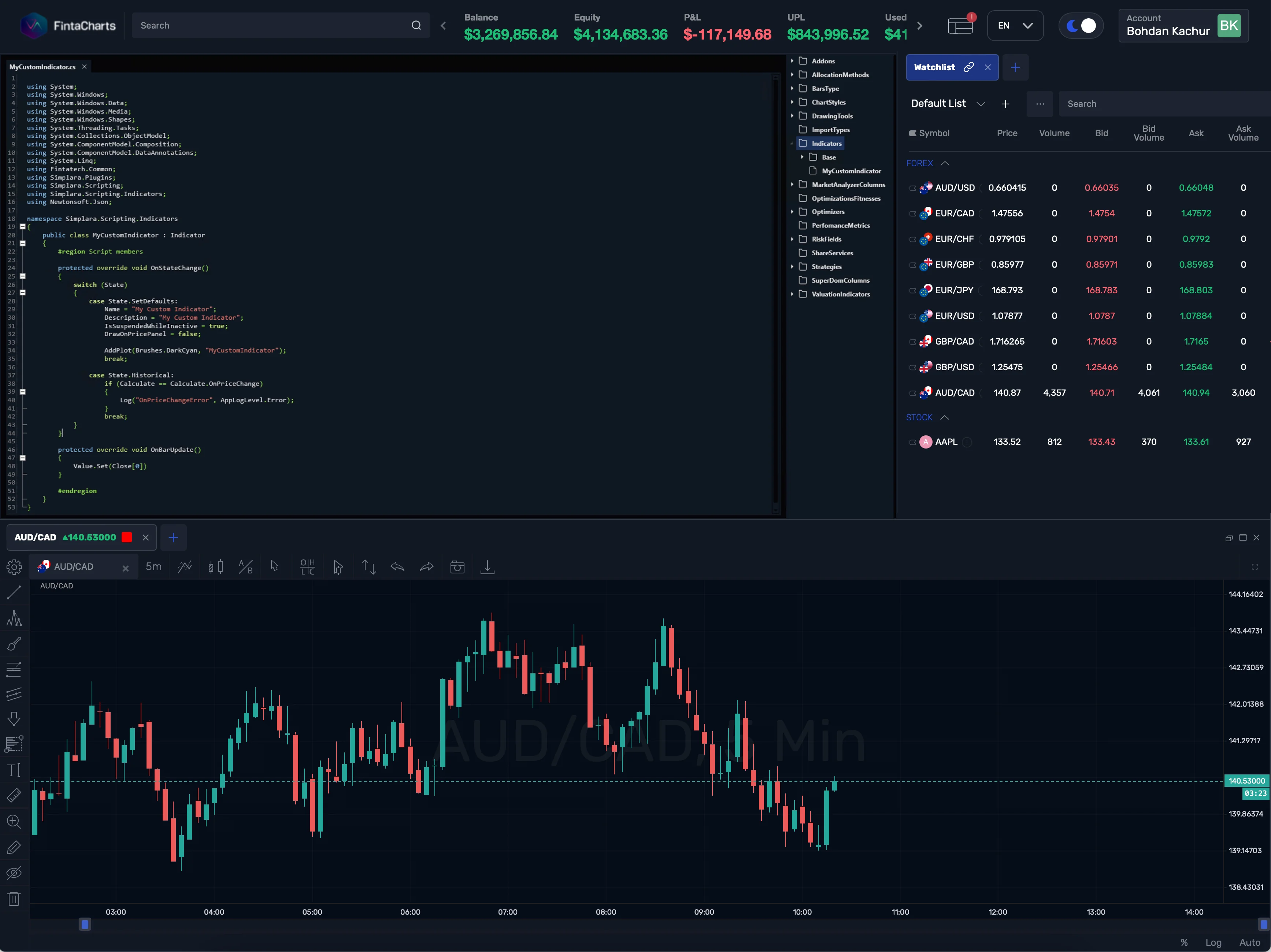
Comprehensive Support: Fintatech provides all-around customer support and resources that help users realize all the powers of the platform.
For more details on developing an algorithmic trading platform, please request a consultation. Our experts are eager to help you develop the ideal software solution for your company.
Conclusion
One of the most drastic things to arrive with the changing financial markets, automated trading, has some advantages: faster speed, the highest accuracy possible, and efficiency of trading. The possibility of effecting deals without any emotional interventions and the use of the most sophisticated mathematical models in forecasting the market movements have made it one of the most preferable tools among traders. However, the transition from manual to automated trading isn’t devoid of challenges. They include mechanical failures, the need for constant monitoring, the risk of over-optimization, and cyber threats that demand considerations and sturdy management strategies.
Certainly the future is designed for automated trading, with technological advances in this field appearing and improving automated systems. The trick for either an individual or an institutional trader is to manage the trade-off between technological reliance and strategic oversight, in such a way as to harness the benefits automation brings to consistency and efficiency in trading, and to avoid the risks that come with it.
In other words, automated trading is not just about tools; it is the transformation of the entire trading ecosystem and will require a mix of technical competence, strategic thinking, and vigilant oversight to realize its true potential.
FAQ
How to build an automated trading system?
- Define your strategy: Establish the rules of entry, exit, and money management.
- Backtest the Strategy: Test the strategy on historical data to see how it would have performed.
- Software Development: Develop source code for the trading system, preferably in Python.
- Brokerage account: Choose a broker that offers an API for automated trading.
- Implement and monitor: Introduce the system into live use with real funds, and keep monitoring continuously while tweaking when necessary.
What is automated trading system?
An automated trading system or trading algorithm is a computer program that operates based on a specified set of instructions—namely, an algorithm—to complete trade transactions. They are designed to execute trades at speeds and frequencies greater than could ever be done by human traders.
How much does it cost to build an automated trading platform?
Costs may go from a few hundred dollars for a few do-it-yourself projects with software like MetaTrader to several—or even millions—of dollars for professional developers of advanced algorithms, with results from large backtesting built accordingly.
How does automated trading work?
Automated trading systems are based on algorithms that receive input relating to stock market activities, such as price, volume, and timing of trades, and then generate instructions of buying or selling on predefined rules. The systems can be made to respond to the market in real time with no involvement of humans, which in most cases will give the best returns with the least loss.
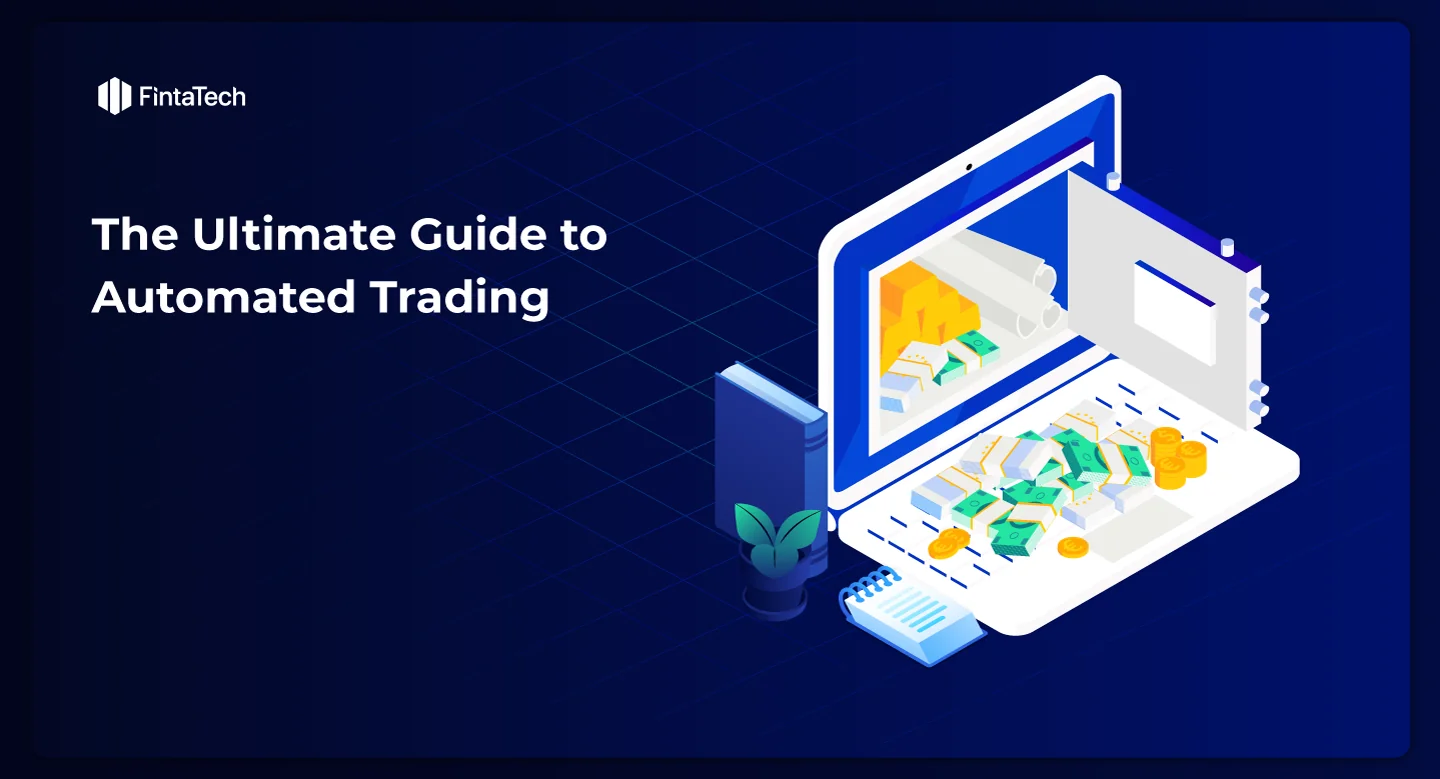
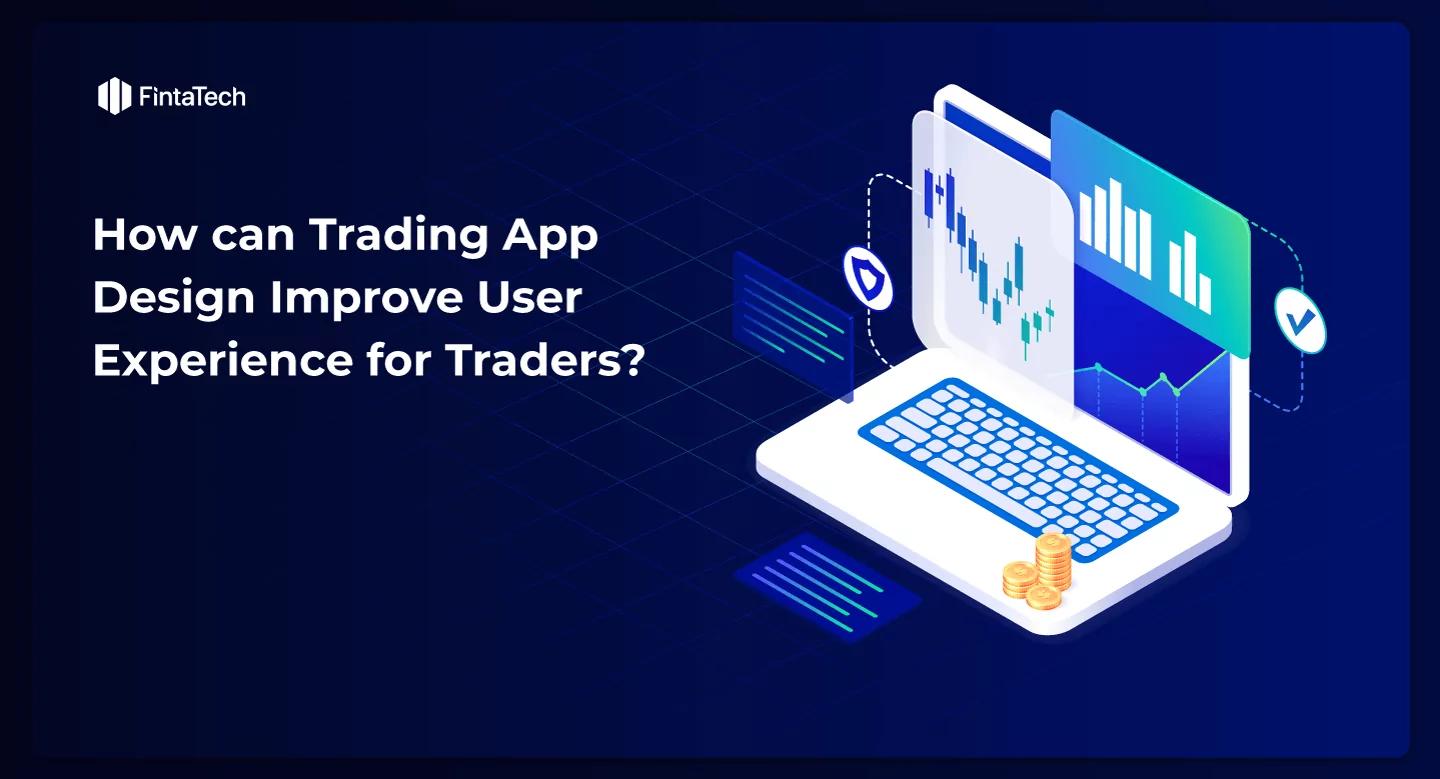
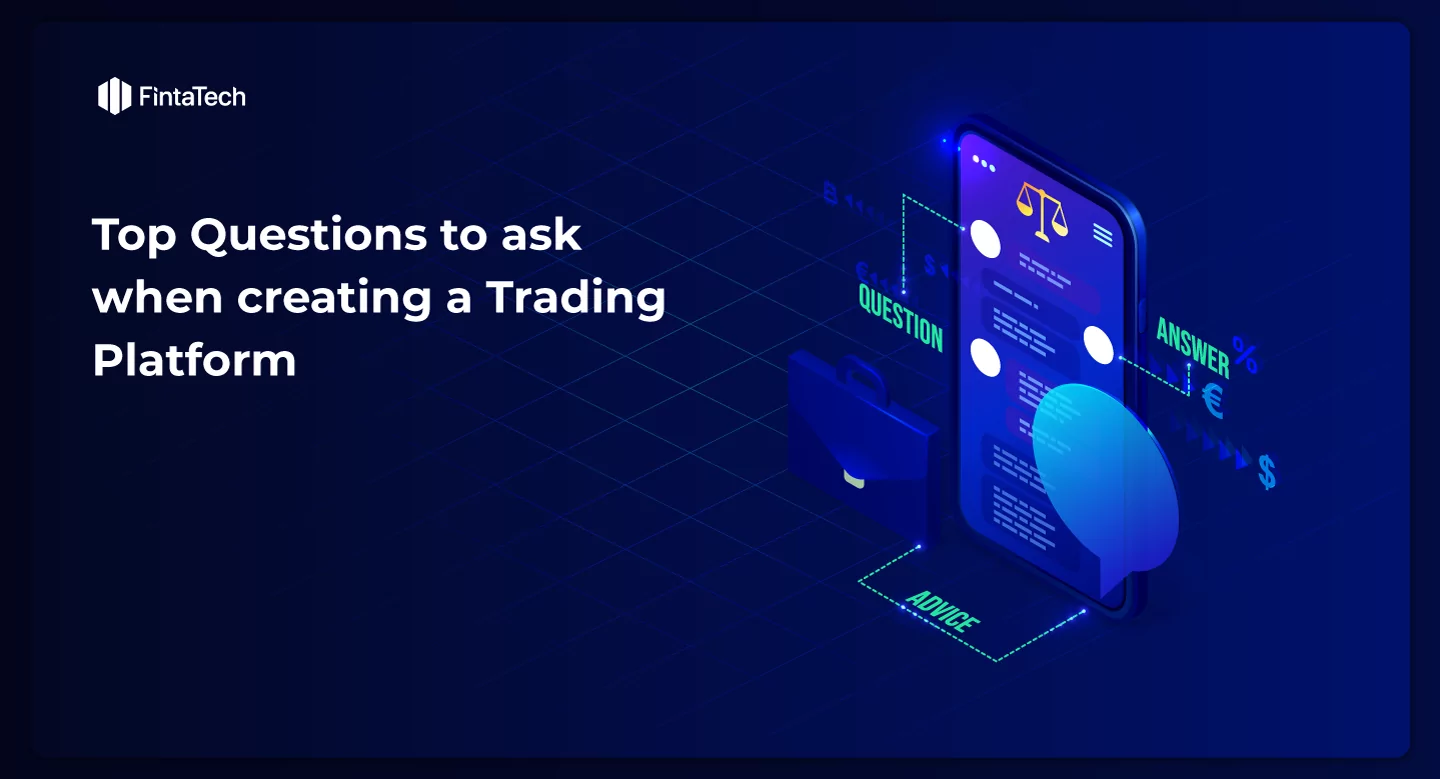
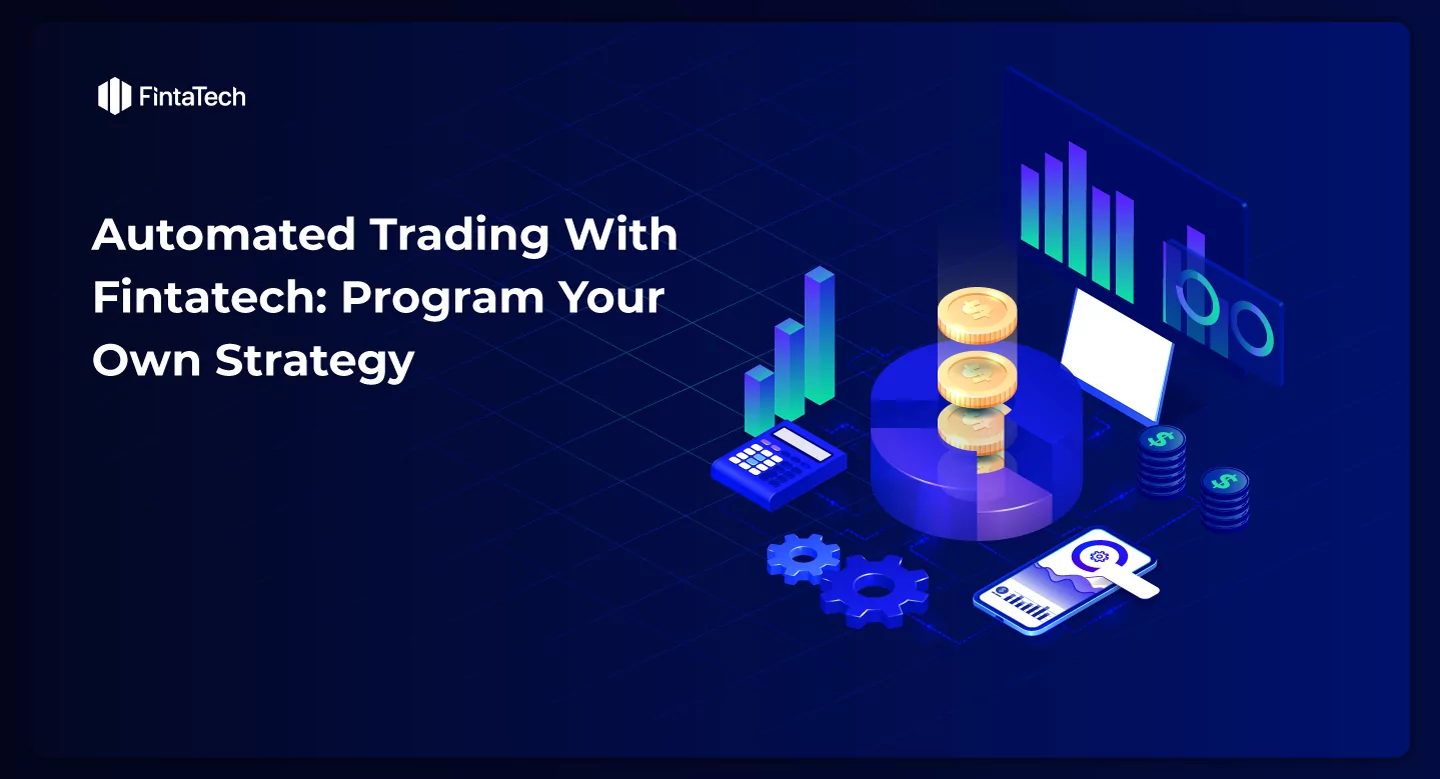
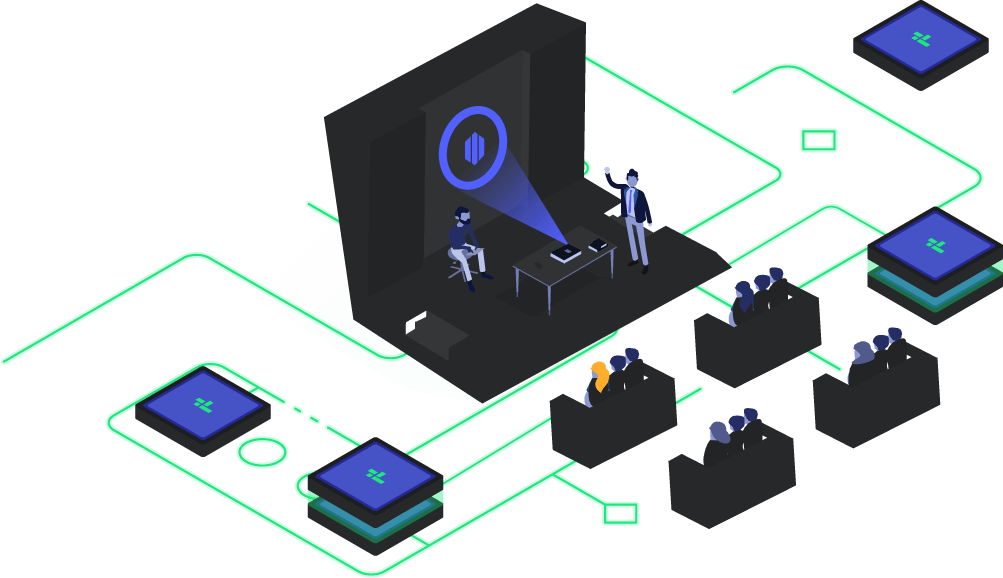
Twitter
Linkedin
Facebook